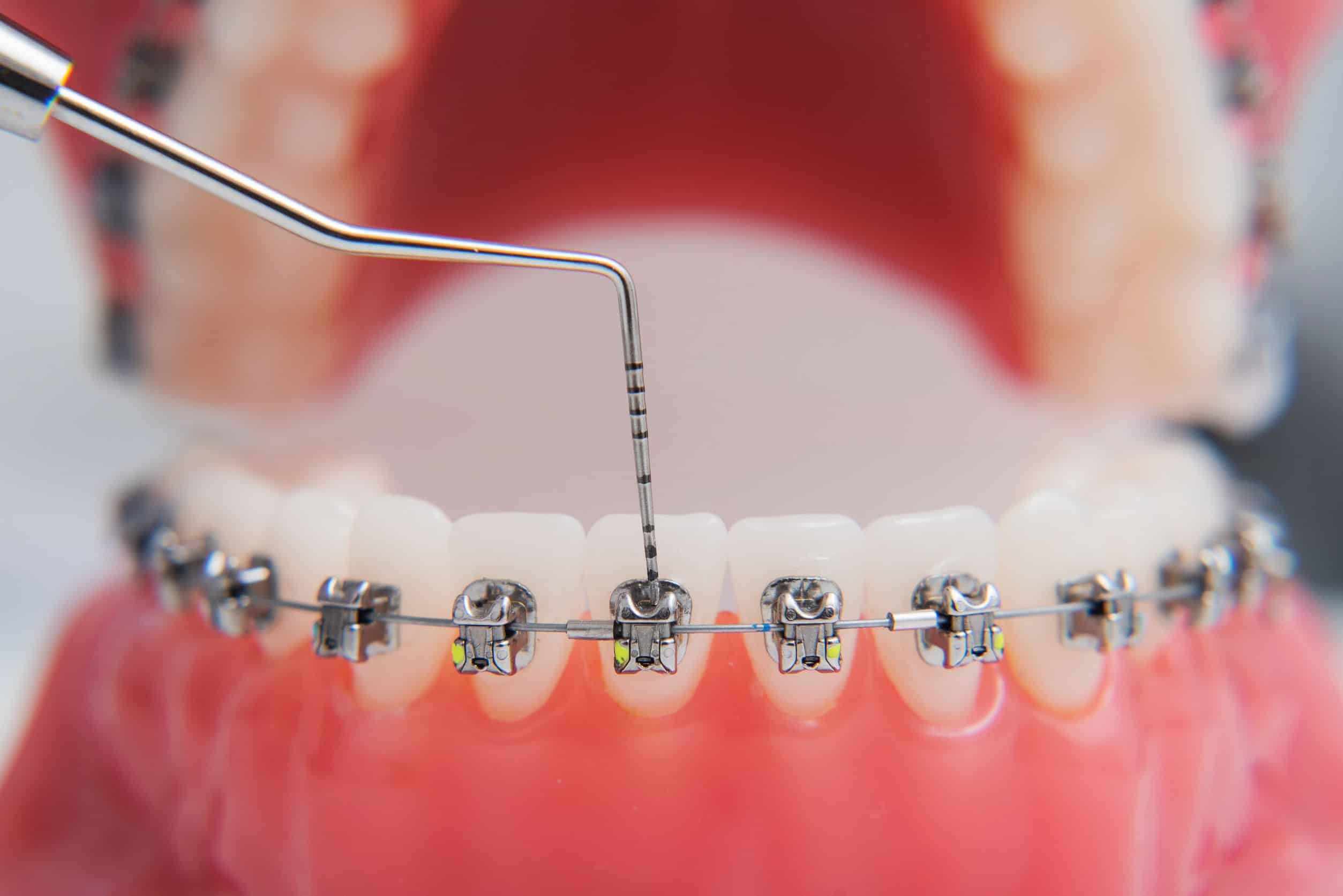The Basic Principles Of Legacy Orthodontics
Legacy Orthodontics Can Be Fun For Anyone
Table of ContentsLegacy Orthodontics for DummiesThe Facts About Legacy Orthodontics RevealedFascination About Legacy OrthodonticsAbout Legacy OrthodonticsNot known Incorrect Statements About Legacy Orthodontics
At Advanced Orthodontics, we supply people with a all natural therapy experience. Additionally, we provide flexible therapy schedules, versatile repayment choices and an enjoyable, pleasurable experience. braces. Telephone call ( 480) 357-4900 today to find out more and schedule a visit.An orthodontist is a dental practitioner educated to identify, protect against, and deal with teeth and jaw abnormalities. Orthodontists work with individuals of all ages, from kids to adults.
Malocclusion, or misaligned teeth, can result in dental issues, consisting of dental cavity, gum condition, and difficult or excruciating eating. Yet not everybody is birthed with straight teeth. If you have a negative bite or big spaces between your teeth, you may intend to get in touch with a dental expert specializing in orthodontic care.
Some Known Details About Legacy Orthodontics
( Photo Credit Rating: DigitalVision/Getty Images) Orthodontists make use of taken care of and detachable dental gadgets, like dental braces, retainers, and bands, to transform the setting of teeth in your mouth. Orthodontic therapy is for dental abnormalities, consisting of: Crooked teethBite issues, like an overbite or an underbiteCrowded teeth or teeth that are too far apartJaw misalignmentThe goal of orthodontic treatment is to improve your bite.
While you may think of orthodontists as generally for kids or young adults that require dental braces, they can fix oral problems at any kind of age. Orthodontists attend university, oral college, and orthodontic institution.
All orthodontists are dental professionals, however not all dental practitioners are orthodontists. Orthodontic residency programs supply extensive, focused guideline for oral experts. They concentrate on two areas: How to appropriately and safely move teeth How to effectively lead growth in the teeth, jaw, and faceOnce an orthodontist has actually completed training, they have the choice to come to be board licensed.
Some Of Legacy Orthodontics
Misalignment, or malocclusion, is the most common reason people see an orthodontist. It is hereditary and is the result of size differences between the upper and lower jaw or between the jaw and teeth. Malocclusion brings about tooth overcrowding, a twisted jaw, or uneven bite patterns. Malocclusion is usually treated with: Your orthodontist attaches metal, ceramic, or plastic square bonds to your teeth.
Some individuals require a headgear to help move teeth right into line with stress from outside the mouth. A retainer is a personalized device that maintains your teeth in place.
They can develop added room in the mouth without having to pull teeth. Orthodontists utilize cords, medical screws, or plates to sustain your jaw bone.
You may need to see an orthodontist if you have: Crowding or otherwise sufficient area for all of your teethOverbite, when your upper teeth come your base teethUnderbite, when your base teeth are too much forwardSpacing or issues with gapsCrossbite, which is you can try here when your top teeth fit behind your bottom teeth when your mouth is closedOpen bite or a vertical void between your front base and top teethMisplaced midline, when the facility of your bottom and top teeth do not align Fixing an oral malocclusion can: Make attacking, eating, and talking easierImprove the symmetry of our face and your general appearanceEase pain from temporomandibular joint disordersSeparate your teeth and make them less complicated to clean up, aiding avoid dental caries or cavities It's usually a dentist who first notices misaligned teeth during a routine exam.
A Biased View of Legacy Orthodontics

During your first orthodontic consultation, you'll likely have: An oral examPhotos taken of your face and smileDental X-raysPanoramic (360 degree) X-rays of your face and headImpressions to produce molds of your teethThese tests will certainly aid your orthodontist recognize exactly how to continue with your therapy. braces. An orthodontist is a dentist that's had training to treat your teeth and jaw
Orthodontists might perform surgical treatment, exams,X-rays,and even more to help you attain a much more comfy, much healthier smile. An orthodontist is concentrated on your bite, so something like a damaged tooth would be managed by a dental professional. Orthodontists are dental experts yet not all dentists are orthodontists. Orthodontists are concentrated on your bite, or the way your teeth fit with each other, and the straightness of your teeth.
Ever asked yourself how celebrities constantly appear to have flawlessly straightened teeth? The solution commonly hinges on the competent hands of an orthodontist. What precisely does an orthodontist do? Orthodontists are dental professionals that concentrate on dealing with irregularities in the teeth and jaws. Their expertise surpasses simply developing a lovely smile; it reaches enhancing your general dental health and wellness and feature.
The 20-Second Trick For Legacy Orthodontics

, orthodontists have a varied toolkit at their disposal. These reliable dental braces use a system of brackets adhered to the teeth and connected by cables.
These detachable trays are customized to progressively change the teeth's position. In cases of slim jaws, palatal expanders can be utilized to produce space for appropriate tooth placement.